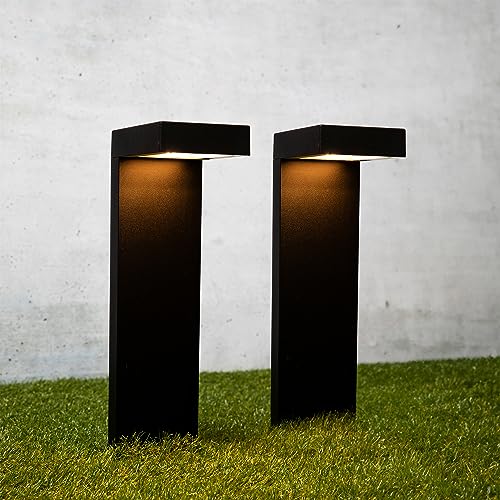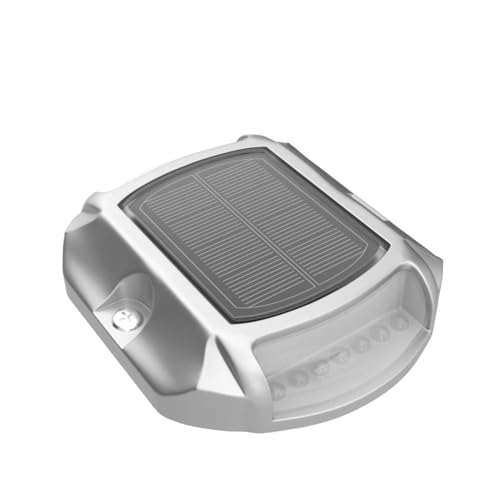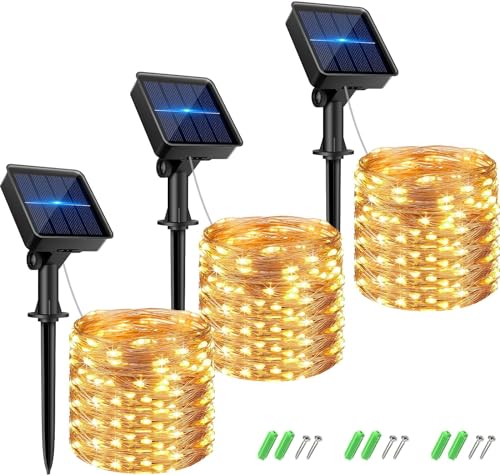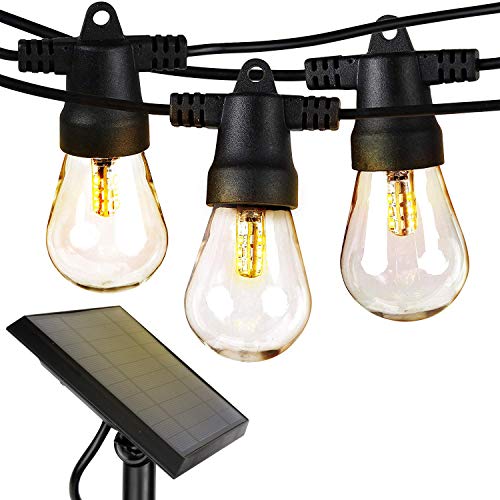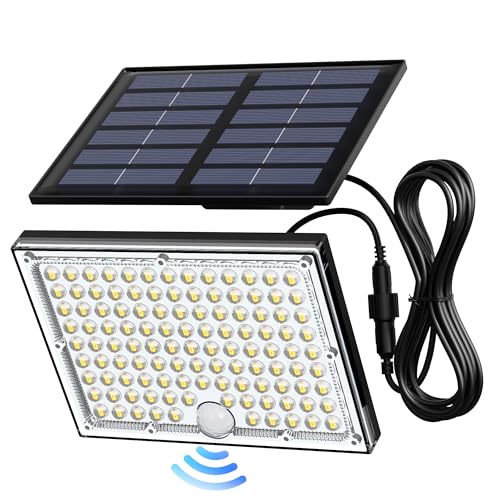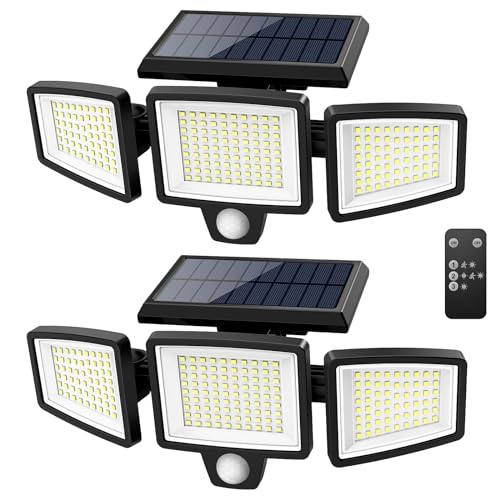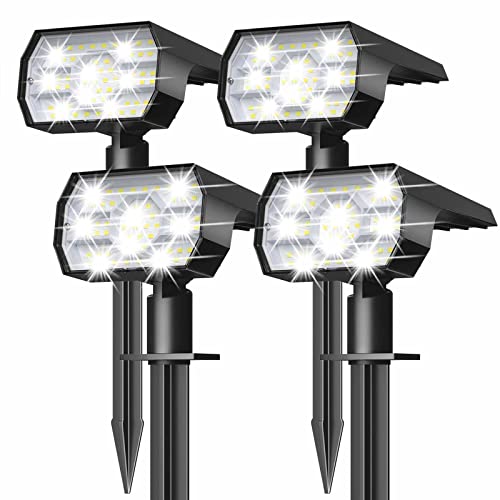Where to place solar lights – 6 rules from solar specialists
It can be hard to know the best places to position solar lights, so I asked an expert for some advice


Solar lights have been everywhere this summer. As the technology improves, they're increasingly brighter, easier to use, and cheaper than traditional landscape lighting.
However, solar lights still have a questionable reputation among the pros. Most landscapers I know think of solar lights are dim, unreliable alternatives. However, this usually comes down to placement. Even the best festoon lights won't work if you don't place them in the right spot.
I've tested dozens of sets of solar lights, so I have a lot of practice at setting them. I also spoke to a solar expert for some insider tips about solar panel placement.
1. Place solar lights in direct sunlight
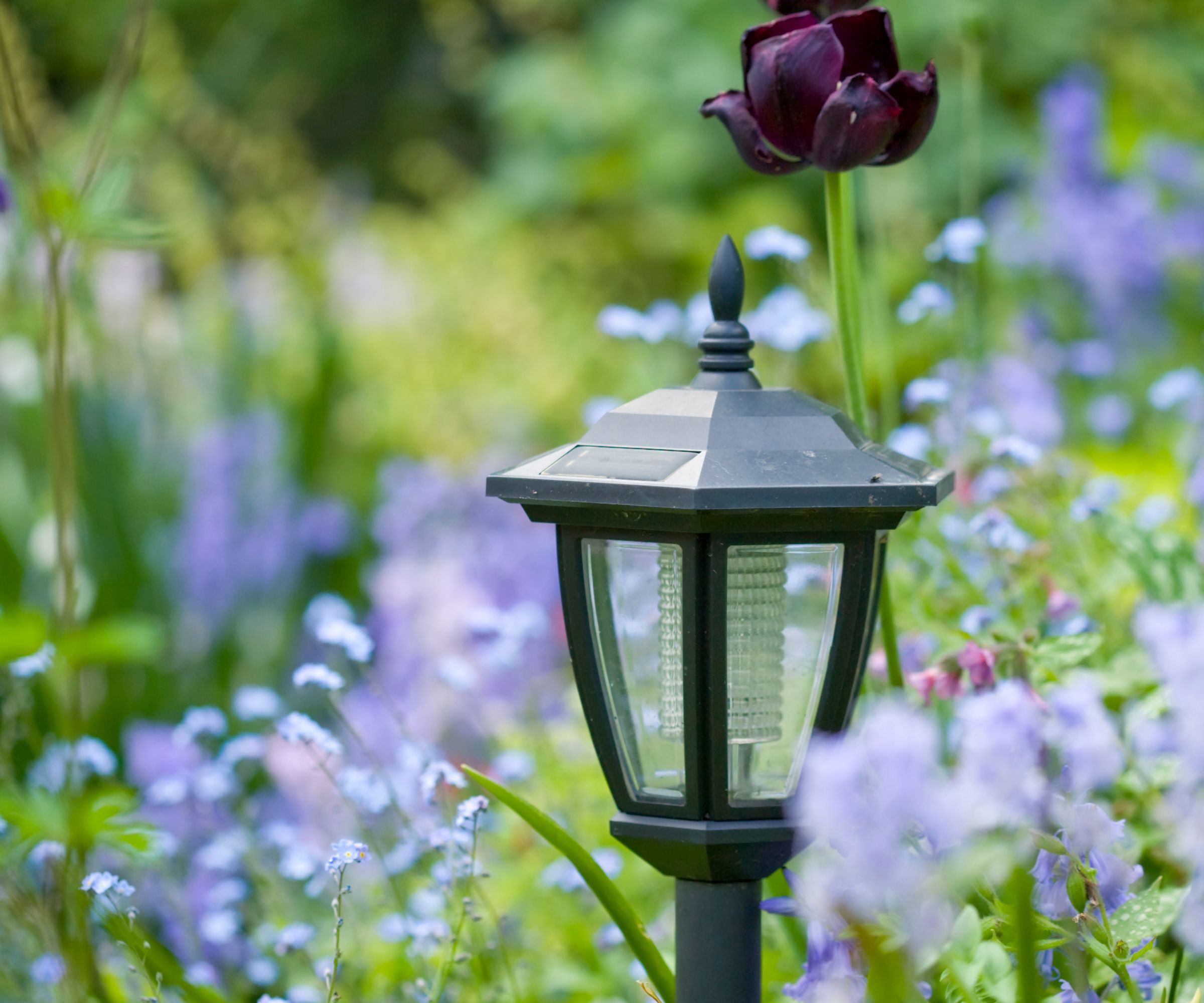
It's perhaps a little obvious, but the biggest priority is to put the solar panel in direct sunlight. You need to keep the panel in the brightest part of your garden, and it's not always obvious where this might be.
Sometimes, the spot in your flowerbed that looks like it gets lots of sun in the morning is totally shaded by the mid-afternoon, which will stop your flights from working.
Of course, oftentimes this isn't possible, but there is a solution. Solar expert Andrei Marveaux says 'Consider using a remote solar panel that's connected to the lights. This way, you can place the panel in the best possible sun.'
It's pretty easy to find solar lights with long cables between the panel and the light - for example, I tested these T-SUN spotlights at Amazon a few years ago and they have a 9ft cable between the panel and the lightbulb.
Design expertise in your inbox – from inspiring decorating ideas and beautiful celebrity homes to practical gardening advice and shopping round-ups.
Andrei is Managing Director at SolarTech Solutions. Andrei has a degree in Engineering and has over seven years of experience in the solar industry.
2. Always face your solar lights south
In the northern hemisphere, the cardinal rule is to face your solar panels towards the south. The sun moves across the sky in the south, and this effect is exaggerated in winter when its path is lower in the sky.
If your solar panel faces north, it won't be as effective, and your lights may be dimmer or fail to turn on when the sun goes down. A south-facing solar panel is optimal.
However, your garden layout may not allow for this. Andrei says 'If this can't be done, it also works if they are placed to the east or west. The important thing is that the solar panel gets as much direct sunlight as possible so that it can charge up efficiently for use later in the day.'
3. Set path lights back according to their height
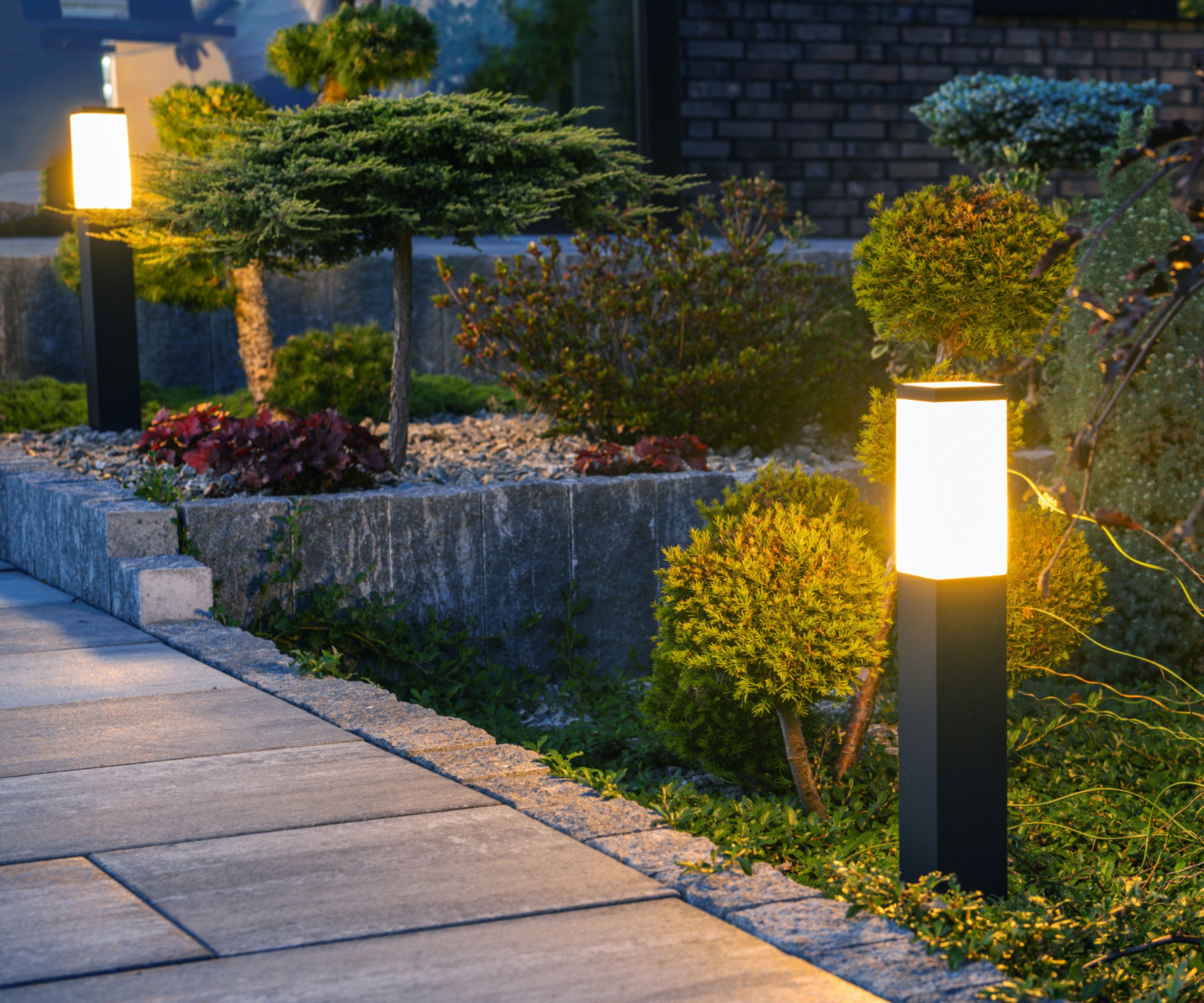
When lighting a path, my favorite tip is to set lights back by their height. I recently heard from lighting expert Nels Peterson that if, for example, you have 1-foot tall solar path lights, you should set them back from the path one foot. This ensures brightness without becoming garish or drawing attention to the lights themselves rather than the path.
Of course, path lights aren't just for lighting walkways, paths, or driveways. They're also a great option for subtle lighting in flowerbeds. Unlike solar spotlights, which can overwhelm the planting, path lights can offer a gentle glow that offers more subtle lighting.
4. Use string solar lights for creating atmosphere
While many of them are marketed for lighting up large areas, string lights shouldn't be used as practical overhead lighting. Instead, delicate string lights are best used for creating ambiance.
Solar expert Andrei Marveaux says that you can 'Suspend them along your fence, pergola, or trees to cast an inviting warm glow. You can also drape them across outdoor eating areas to improve the ambiance of evening gatherings.'
If you want brighter illumination over one area, you need festoon lights rather than string lights, though the terms are used interchangeably. For bright overhead lighting, try festoon lights of at least 300 lumens and between 2700-3000 kelvin.
5. Keep security lights high up
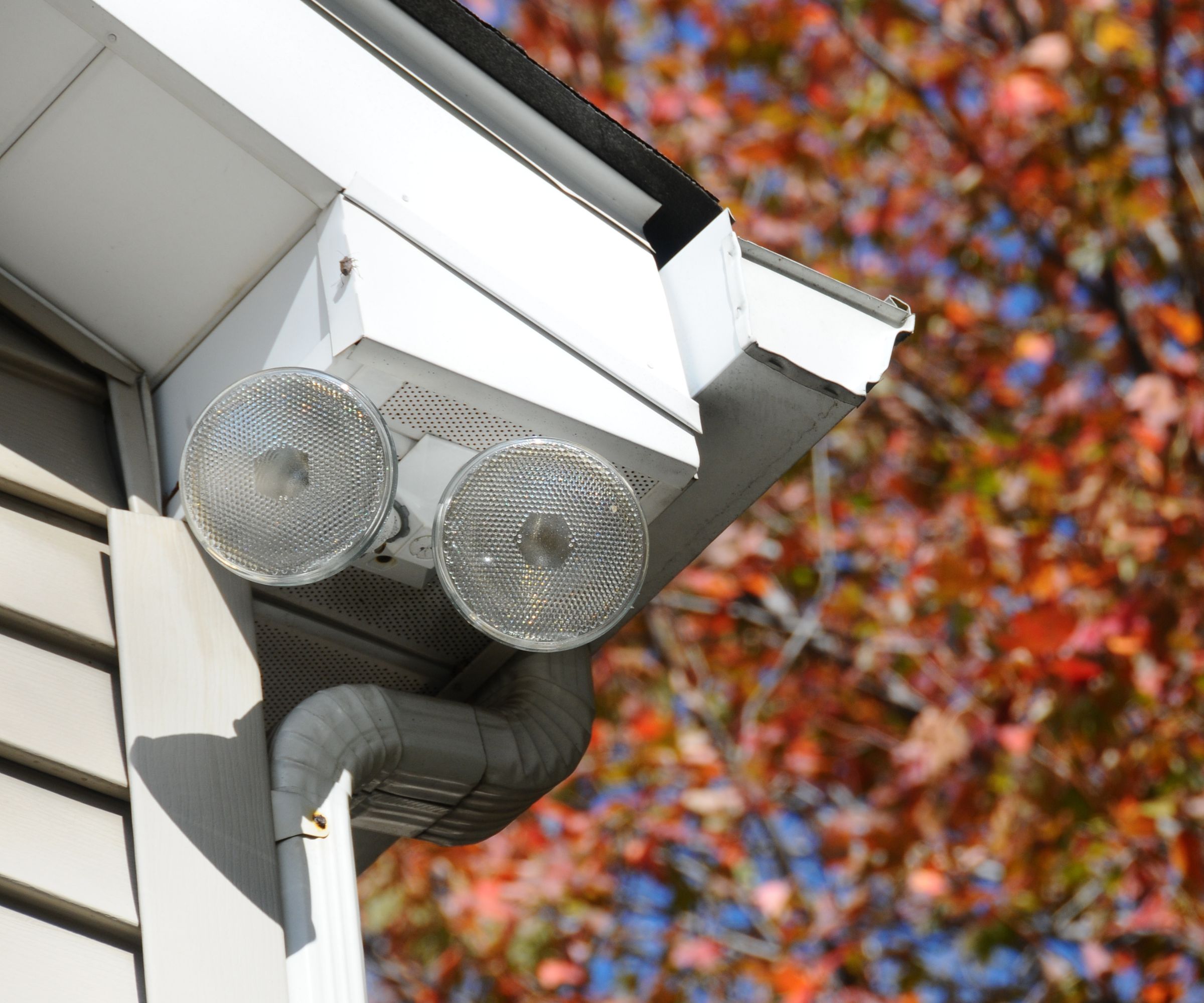
The golden rule with solar security lights is to place them as high up as possible. There are a couple of reasons for this. The first is a simple practical consideration - the higher the light, the great the area the light can cover.
The second is more of a security concern. Placing your lights as high up as possible stops people from tampering with them if they intrude.
However, you need to aim the motion detector so that the beam falls on a likely place for intruders to pass through, triggering the light.
Andrei says 'Mount them high to cover big areas, and position them low enough for motion detection. You may want to install some in the dark corners of your property to avoid any blind spots.'
6. Keep spotlights down low
If you want to uplight a tree, you need solar spotlights. These should be placed as low as possible, and for the best effect, set them far back from the trees - some experts recommend as far away as 18 feet, depending on the strength of the light and height of the tree.
This sounds a little extreme, but putting your spotlights too close to a tree or wall makes for a single bright spot and leaves the rest of the structure in the dark. It can look pretty garish if you don't diffuse the light across whatever you're lighting up.
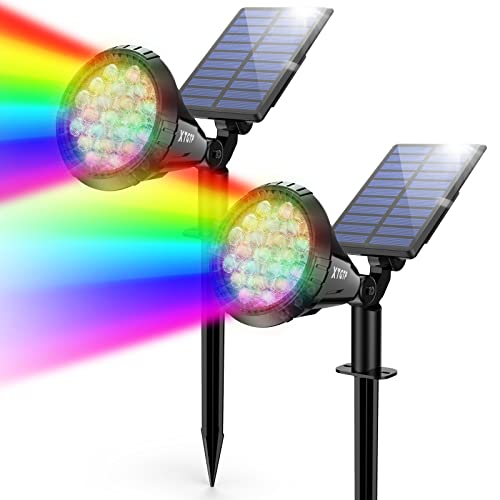
These solar spotlights can change color, which is perfect for creating different ambiances, especially when the holidays come around. I also love that the solar panel and lights can move independently of each other, so you can always make sure they're getting enough light.
FAQs
Can I use solar lights indoors?
You can use solar lights indoors, but it's not always practical. If there's a spot in your home that receives full sun all day, you can place a solar panel there to power your lights. However, this is pretty rare in most homes.
Once you've placed your solar lights, you need to consider the angle of your solar panel to ensure that everything is running efficiently. Depending on where you've placed your path lights and the sunspot you've placed your solar panel, the best angle tends to be between 20-50°.

As a gardens and lifestyle contributor, Alex makes sure readers find the right information to help them make the best purchase. Alex got his start in reviewing at the iconic Good Housekeeping Institute, testing a wide range of household products and appliances. He then moved to BBC Gardeners’ World Magazine, assessing gardening tools, machinery, and wildlife products.

